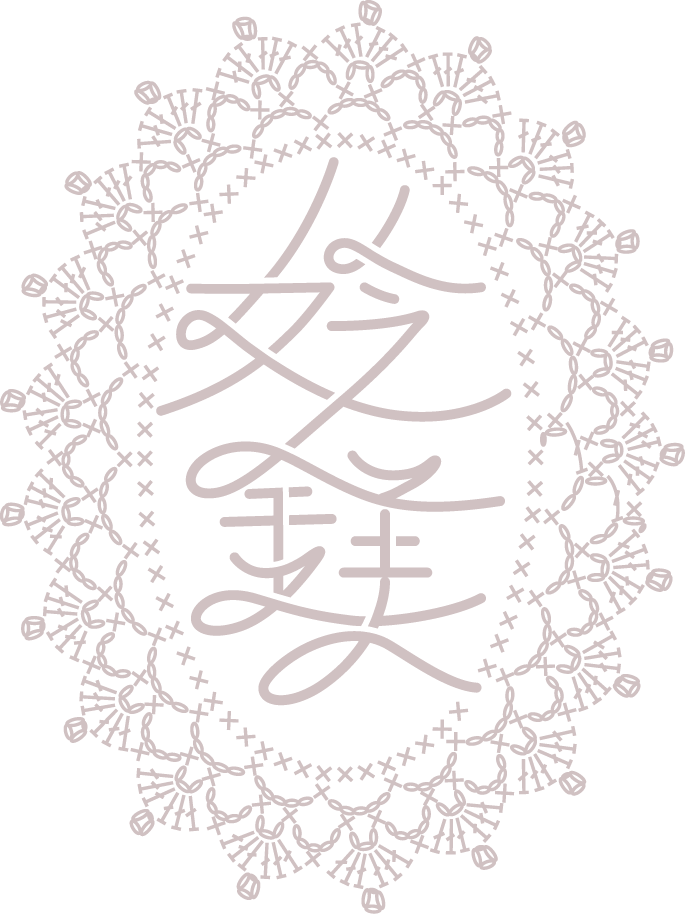A reflection on the boundaries between disciplines of Craft, Design and Art. What defines each, and are they much different from the other?
Regaining a Sense of Purpose with Slow Art
A written version of the speech I delivered for TEDxCMU in 2022.
Textile Art: A Sympathetic Medium
Hand of Good, Hand of God. Freddie Robins, 1997.
I have chosen this piece for the first post as Freddie Robins was the first knit artist I had ever come across. This particular piece requires technical knowledge as she employs the mathematical nature of knit, but at the same time intrigues one with the simple visual of repetition of a motif we are naturally drawn to and recognise- a hand.
Long has been my obsession with all things textile; so much so that I do not realise not everyone shares the same eyes I do.
Recent talks with friends have made me realise that most Singaporeans have little understanding about the term ‘textile art’, or even the term ‘craft’— which brings about the image of primary school kids sticking ice cream sticks together with glue.
Social media has allowed us to discover a lot more artists and artisans, whether famous or not, but it has also made our memories as lasting as an Instagram story. In a bid to remember and catalog textile artists and craftsmen whose work I enjoy (as well as exercise those rusty research and writing muscles), I have decided to embark on a personal journey to create a small repository of textile art, or text excerpts relating to textile art.
I hope this blog will help people understand textile art more, and be introduced to more artists or craftsmen. In this age where social media is so accessible and information so bite-sized, a blog might feel outdated or long-winded. However, I hope this will be a platform you can look back and refer to, and digest in a pace matching this slow craft; a little bit of your time that each piece of art deserves.
Rather than move into interviews with the artists, I will feature one artist or one artwork at a time, and basically share my appreciation for each piece. I hope it can be a simple way for anyone to start understanding the beauty of textile art.
I have constantly wondered why textile art is such a foreign concept in Singapore, and why there is so little understanding and thus low expectations of this powerful artform. Instead of wasting more time wondering, I have chosen to take this small step in educating everyone about it!
While I am a practicing artist, I started out seeing myself as an artisan/craftsman. The lines between these 2 roles are often blurred, especially in small Singapore where we are expected to play different roles many a time. This has resulted in a diluting of technical aspects of artworks (especially when it is not the conventional painting or sculpture) in spite of a strong personal interpretation, and a lack of strong concept for those who have a mastery over their tools. This has come about also due to the lack of understanding of the importance of craft and the lack of respect for it, thus leading to the craftsman endeavouring to be seen as an artist.
With the understanding that these two roles are equally important, we might finally see collaborations between two that do not regard the other as a competitor, but instead a necessary partner to create stronger art in our community.
In time, I hope textile art and crochet, which has existed since the 17th century, will become a widely-recognised medium of choice for artists. It has been my small dream to start a crochet consultancy in Singapore, to collaborate with artists and provide the technical expertise for this medium in which they could express their thoughts. It will be a great opportunity for me to stretch my knowledge of this medium I have worked with for over two decades and challenge what I already know.
Thank you for reading through and I hope I keep up with the posts. I will end off with this quote:
“The fact that the materials, tools and techniques are familiar, domestic and have been the means of practical fabric production throughout man’s history, is both the [fibre art] movement’s asset and its problem. Fibre is material natural to man, yarn is a use of fibre which man has invented and fabric is something that everyone uses. Fibre establishes an instant link with the natural world, of which we are an indissoluble part. It is therefore a very sympathetic medium, more immediate perhaps than pigment or stone and akin to the basic components of man himself. Because of these characteristics, extremely abstract ideas find a smooth channel of communication through this medium.”

